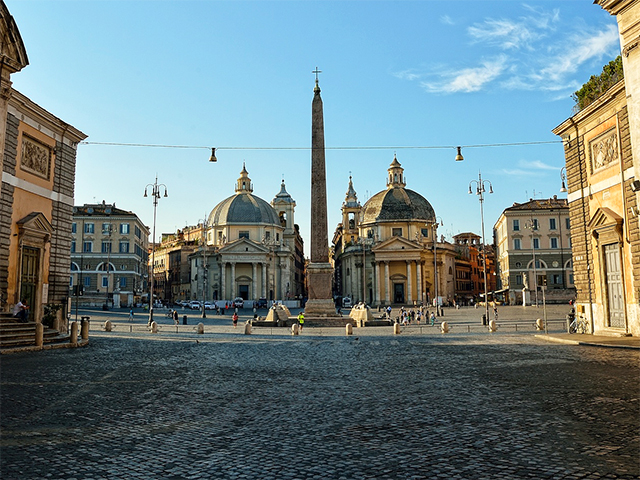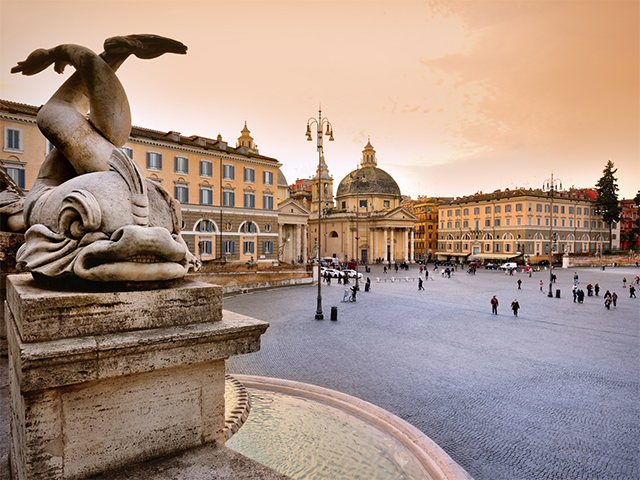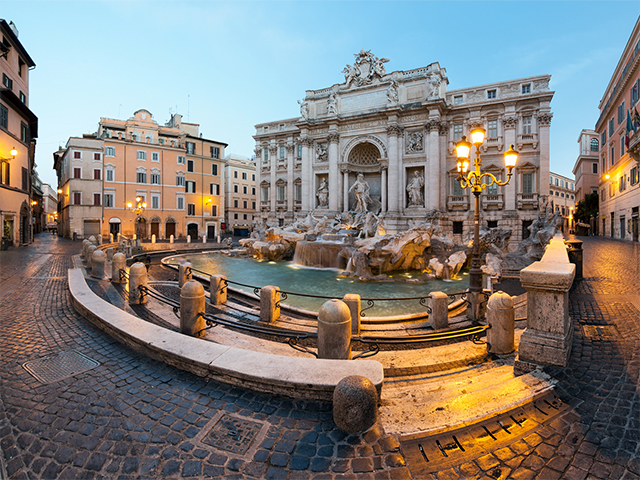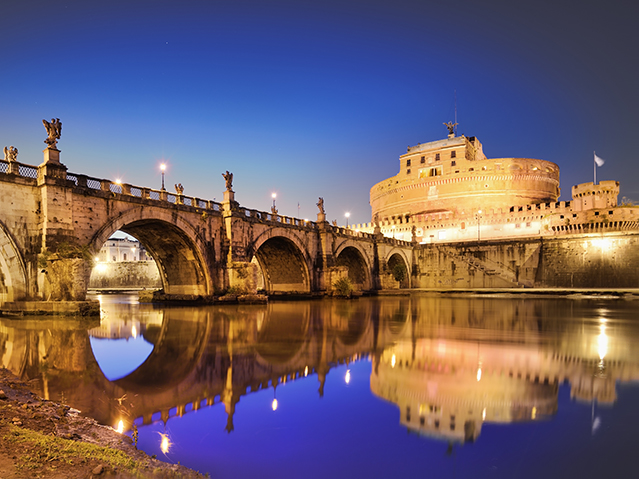The Sistine Chapel
Visit Michelangelo's Sistine Chapel: opening times, reservations and useful tips to to discover this incredible masterpiece."Without having seen the Sistine Chapel one can form no appreciable idea of what one man is capable of achieving". Johann Wolfgang von Goethe
The Sistine Chapel is Michelangelo Buonarroti. The great artist devoted almost 10 years of his life to complete the frescoes that cover the vault and the back wall above the altar, absolute masterpieces, loved and well-known all over the world.
Visiting The Sistine Chapel is an unforgettable experience that you must absolutely not miss! In this article you will find all the useful information you need about opening times, ticket prices and much more to organize your visit as good as possible.
But before you take your wallets to pay the ticket, waht about discovering a little bit more about this astonishing work?
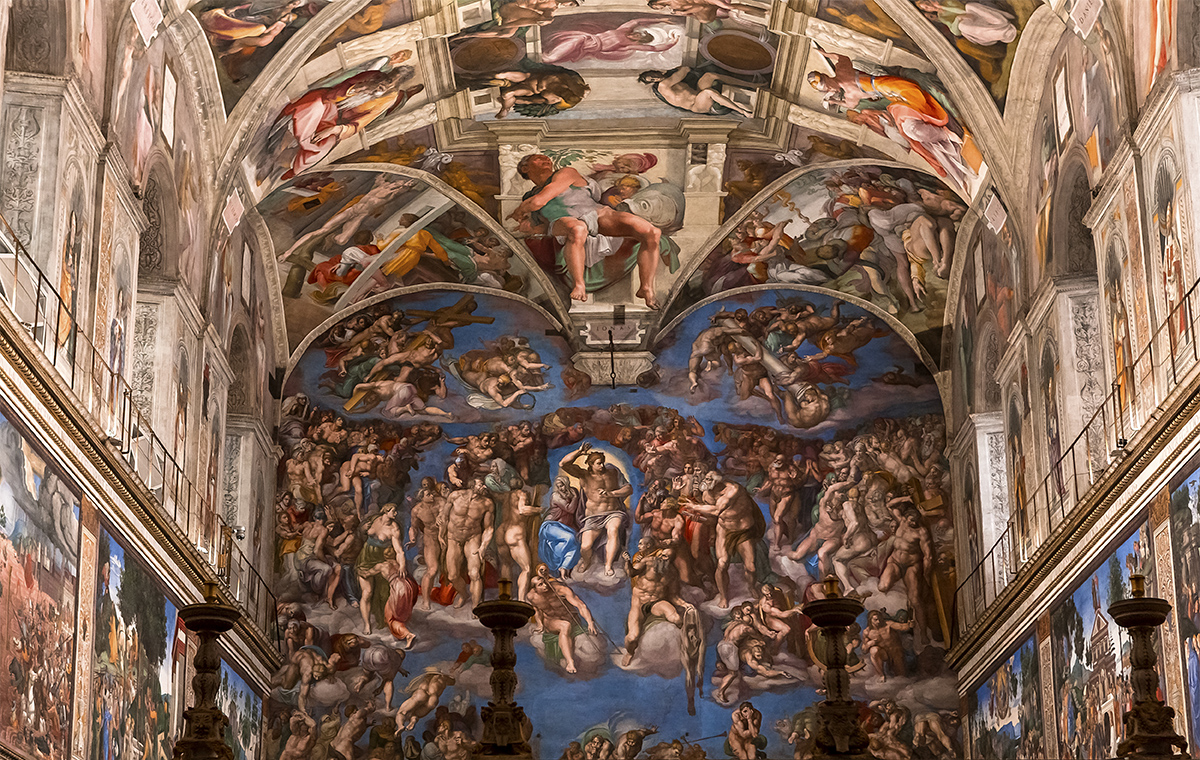
The Sistine Chapel in all its splendour
The Sistine Chapel: where, when and why
The Sistine Chapel is located close to the Basilica of St. Peter, inside the itinerary of the Vatican Museums and the access is from the imposing Sala Regia. Born between 1477 and 1480 from the restoration of the old Magna Chapel, it takes its name after Pope Sixtus IV, who commissioned the first works.
Unveiled the 15th August 1483, the Sistine Chapel, appart from containing priceless works of art, is known world wide for being the official site for the Conclave, that is, the room where cardinals gather to chose the new Pope.
The inside of the Chapel is formed by a single nave with a barrel vault lowered with plumes and a lunette over each of the twenty windows. A curiosity: it seems that the dimension of the chapel are the same of the Temple of Salomon in Jerusalem as stated in the Old Testament.
Once you are inside, what first catches the eye are the wonderful frescoes that cover the vault, among which stands out in the center "The Creation of Adam" and the huge "Last Judgement" that fills the wall of the altar. But apart from Buonarroti's masterpieces, inside the Chapel are the works of artists of the likes of Pietro Perugino, Sandro Botticelli, Domenico Ghirlandaio, Cosimo Rosselli and others.

The complexity of the vault of the Sistine Chapel painted by Michelangelo
Michelangelo Buonarroti's frescoes
In 1483, Pope Julius II della Rovere, nephew of Pope Sixtus IV, not being happy with the starry sky that decorated the ceiling, called young Michelangelo Buonarroti. The artist, who had never felt comfortable painting and had never tried the fresco technique, initially refuses the job, underlying that he is an sculptor. However, the perseverance of Julius II got the upper hand and Michelangelo started then to paint the ceiling and the lunettes in the highest part of the walls.
The works lasted 4 long years! From 1508 to 1512. During these years, Michelangelo came up against countless problems and put seriously at risk his own health. The greatest challenge was to reach the ceiling and that's why Buonarroti built a wooden scaffolder formed by many big steps. Since the paint trickled and went to his eyes while he painted, Michelangelo risked becoming blind. Also, as a consequence of the uncomfortable position he was forced to assume with his neck, he suffered a number of cervical sprains.
To make the situation worse, he had a discordant relationship with Julius II, a bad-tempered man, although very persuasive. Also, Michelangelo himself had to pay in advance most of the expenses for the materials.
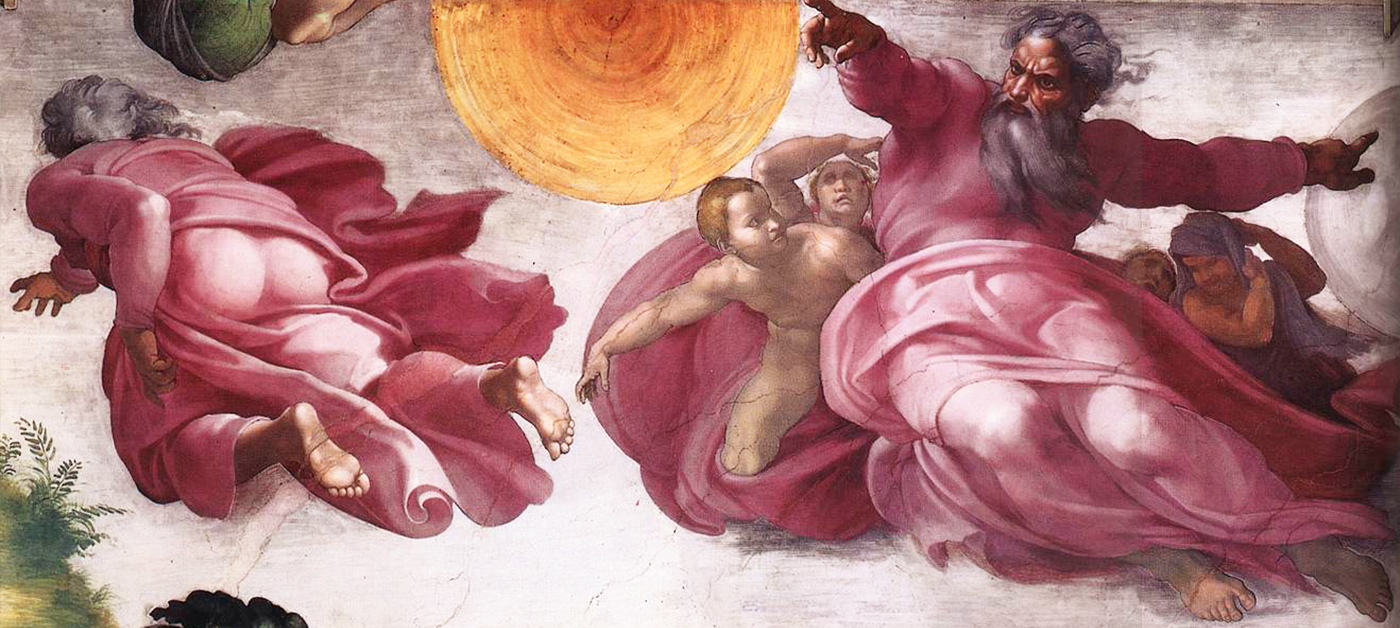
Michelangelo Buonarroti - The Creation of the Sun, Moon and Vegetaion
On the 1st november 1512 Michelangelo finally completed the frescoes of the vault and the Sistine Chapel was open to the public. The work is simply wonderful: in the nine central panels are represented scenes from the Book of Genesis, among which the famous "Creation of Adam". At the corners there are the nude males Ignudi, supporting medallions where the Scenes from the Book of Kings are represented. In the spaces between the rib vaults, you can catch sight of the five Sibyls and the seven Prophets, and to end with, in the corner plumes there are some Salvation Episodes from the Old Testament.
Along the whole vault there are architectural elements painted in a way that perspective gives them a disconcerting realism. The frescoes are characterized by bright and iridiscent colours, distributed with a lot of freedom of combinations. In addition, the neat outline of the characters and the anatomy of their bodies makes them look like they were sticking out the ceiling, like authentic sculptures.
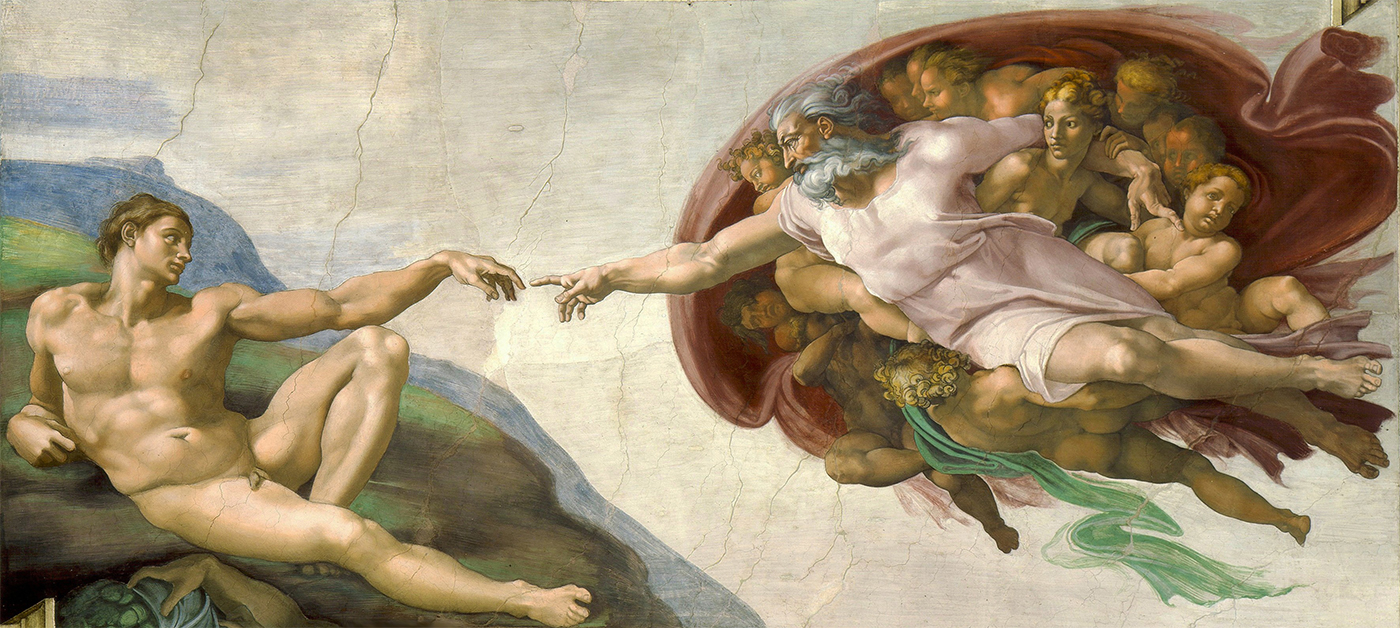
Michelangelo Buonarroti - The Creation of Adam
The most famous scene in the big panels of the vault is the Creation of Adam. On the right we see God the Father in the air, held by many angels and surrounded by a mauvish mantle blowing in the wind, looking like a brain, symbol of wisdom and rationality.
On the left Adam, laying, gets up attracted by the vital power emanating from the right hand of God. They don't touch, only their fingers graze, in the center of the composition, standing out in a very bright sky.
The Last Judgement
In 1533, thirty years later, Pope Clemens VII calls Michelangelo again, this time to commission him to carry out the Last Judgement, modifying the wall over the altar, that hosted priceless fifteenth century frescoes, like the Virgin of the Assumption among the Apostles and some episodes of the lifes of Moses and Christ by Perugino. It was the first time in the history of art that a destructive intervention took place.
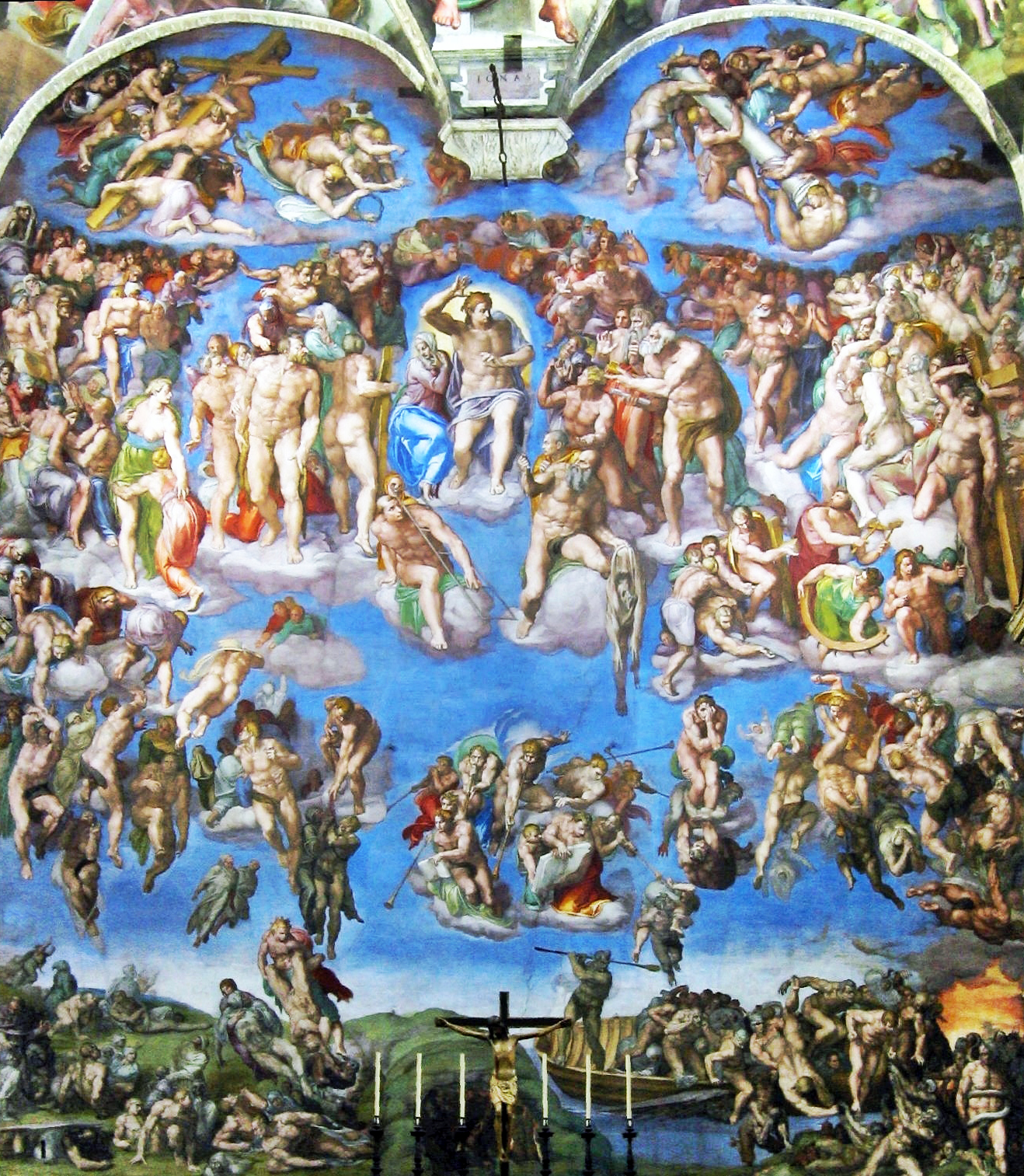
Michelangelo - The Last Judgement
Michelangelo started working on the fresco in 1536 and finished it five years later. The work, goes without saying, is an absolute masterpiece!
The whole fresco is structured in a way that all the action happens around the figure of Christ, that totally occupies the scene. Michelangelo, in the Last Judgement, eliminates every space and environment reference: the back is light blue and the only support elements for the different characters are the clouds in an abstract and timeless dimension.
The Last Judgement of Michelangelo received soon many compliments, but savage criticisms as well, due to the many figures painted completely naked, and considered obscene.
In 1564, Daniele da Volterra was comissioned to cover those figures considered vulgar with clothes, earning the nickname “il braghettone”. The clothes have been partially removed in the latest restoration works.
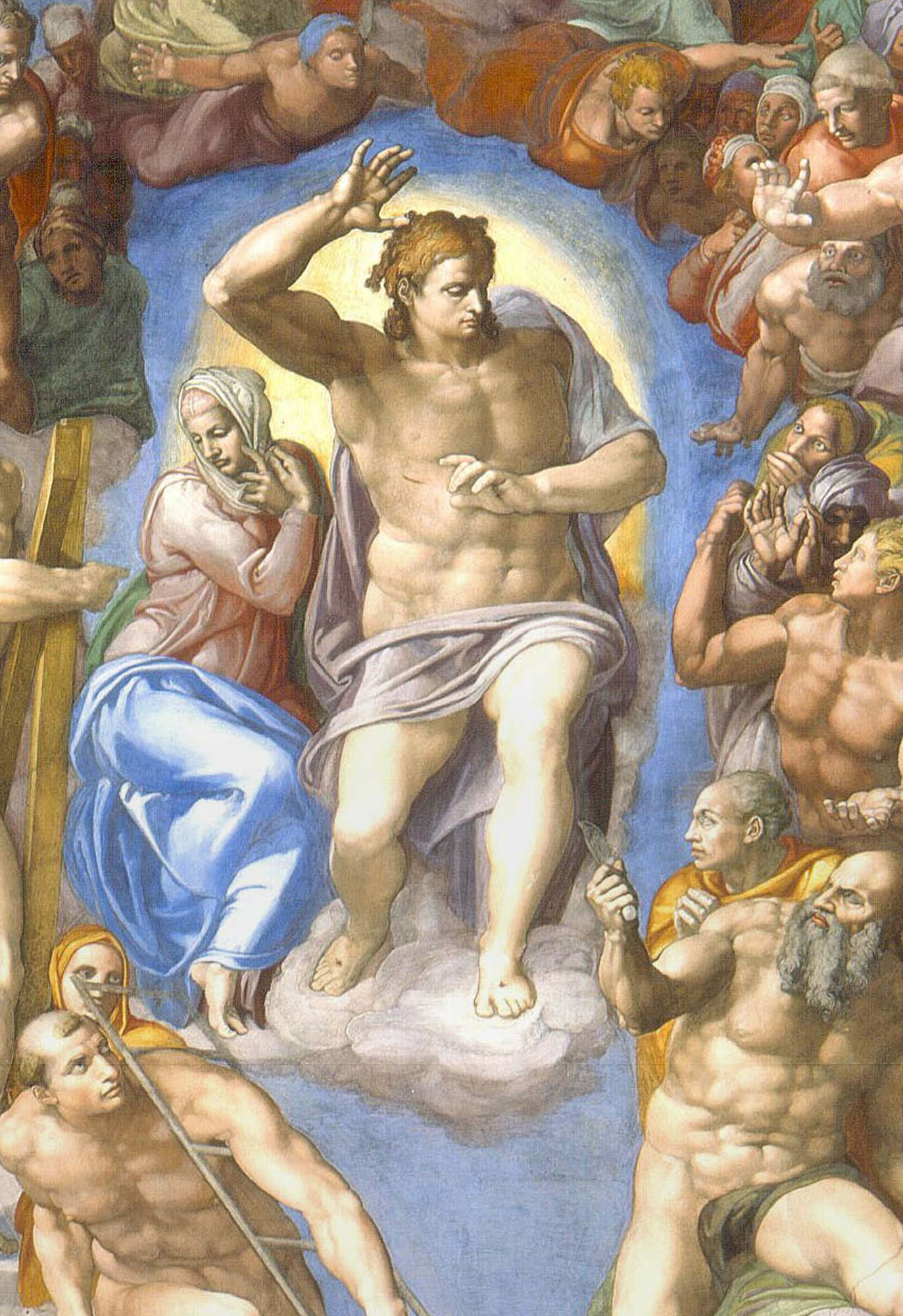
The Christ with the Virgin Mary in the center of the scene
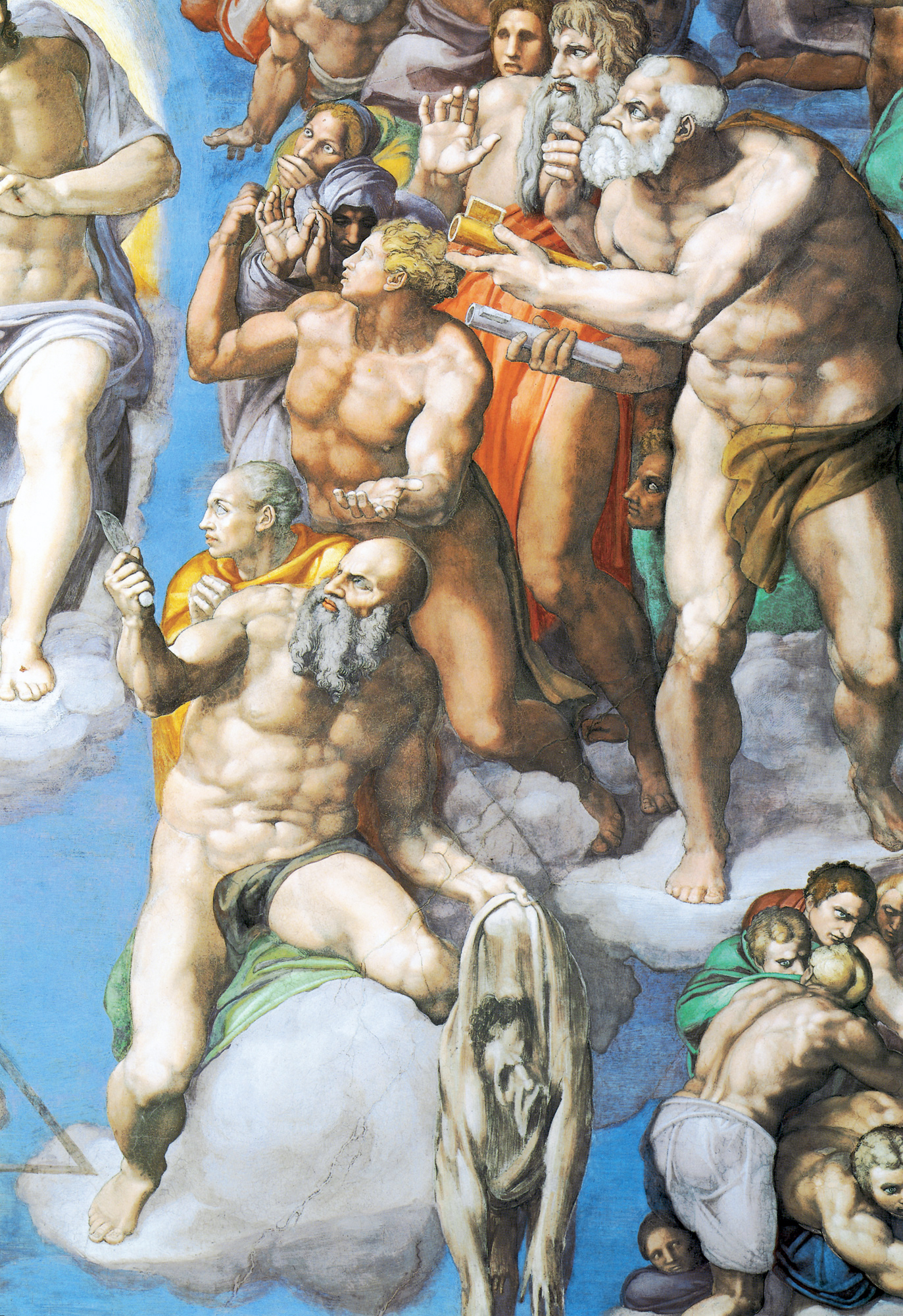
"Self-portrait" of Michelangelo in the hands of Saint Bartholomew/Pietro L'Aretino
In the Last Judgement, Michelangelo found the time to stick it to his detractors. The figure of Minos, portraited with donkey ears and a snake biting his genitals is actually Biagio da Cesena, a papal master of cerimonies who harshly defined the Cappella Sistina as "worth of an inn".
In addition, the florentine artist self portraited himself in the leather skinned alive held by Saint Bartholomew, with the face of Pietro l’Aretino, who had publicly defined the Last Judgement as "vulgar".
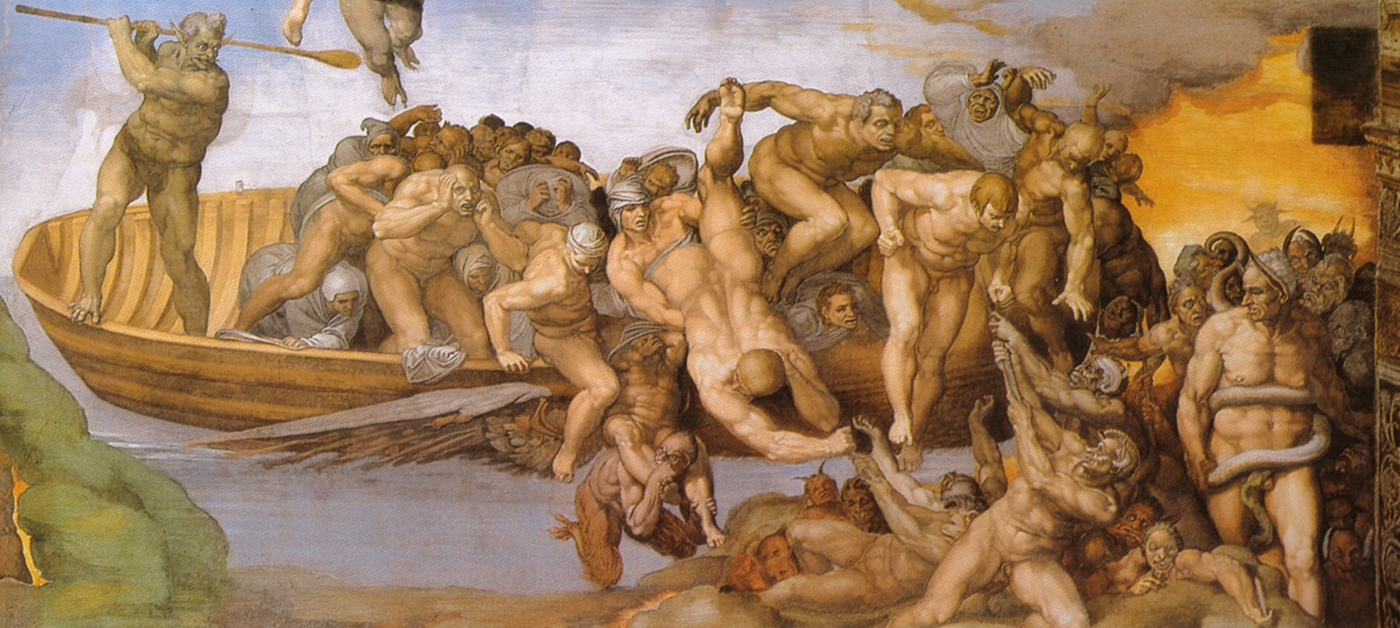
The hell in the Last Judgement of Michelangelo - On the left Charon and on the right Minos, looking like Biagio da Cesena
This article ends here! Now it's your turn to go and see in person the great work realized by the florentine genious, to completely understand its extraordinary beauty.
In the box at the bottom of the page you will fins all the useful information and tips to organize your visit as good as possible. Leave your comments and, if you liked our article, share it with your friends.
Useful information
- HOW TO GET THERE
From Civitavecchia: Get to Civitavecchia Train Station and jump on the first regional train going to Rome. Get off at Roma Termini Station and from there take the metro (Line A) direction Battistini and get off at the stop Cipro - Musei Vaticani or Ottaviano - San Pietro.
From Leonardo da Vinci Airport (Fiumicino)
Train Leonardo Express to Termini Station and from there follow the directions for metro Line A.
From Ciampino Airport
Pullman Terravision to Termini Station and from there follow the same directions for metro Line A. The journey by taxi from both airports takes about 40 minutes.
Bus stops
49, in front of the entrance to the Museums
32, 81, 982, Piazza del Risorgimento (end of line) (5 minute walk)
492, 990, Via Leone IV / Via degli Scipioni (5 minute walk).
Tram
19, Piazza del Risorgimento (5 minute walk).- TIMETABLES
- Monday - Saturday: opens from 9.00 to 16.00 | closes at 18.00 (last exit from the rooms half an hour before the closing time)
Closing days: Sunday, except the last Sunday of the month (free entry from 9.00 to 12.30 and closing time at 14.00), as long as it does not fall on Easter, 8, 25 and 26 December, 1 and 6 January, 11 February, 19 March, 5 and 6 April, 1 May, 29 June, 15 August
- PRICES
- The Sistine Chapel is inside the itinerary of the visit to the Vatican Museums.Full price ticket: €16.00Reduced: €8.00Special School price: €4.00* To avoid the long queues we highly recommend to buy your ticket online paying a €4.00 supplement. Do it and you will thanl us!* For further information about reductions on the price, about different kind of tickets or to buy online go to the official site* Last Sunday of the month admission is free. It might sound obvious to say, but we remind you that the queues are much longer in this occasion!



 PORT MOBILITY CIVITAVECCHIA
PORT MOBILITY CIVITAVECCHIA









